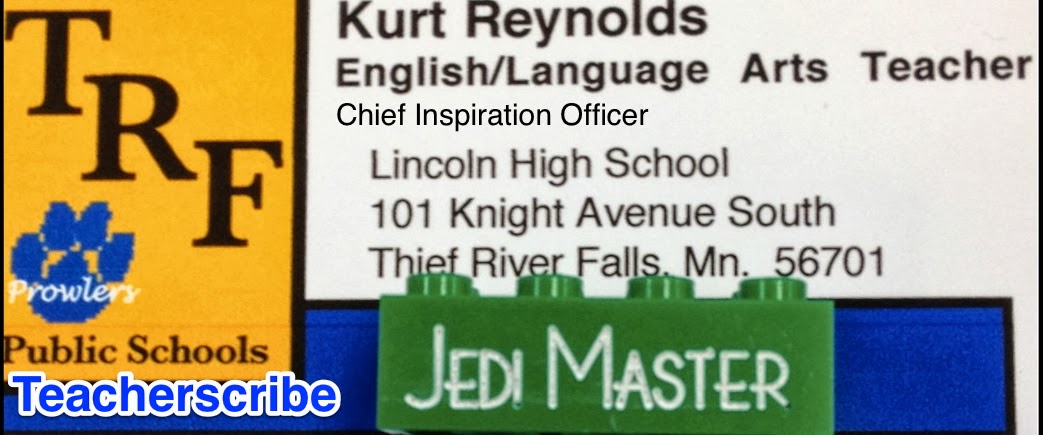Teacherscribe’s Teaching Tip #157
Why do you have to tweak and personalize curriculum and content to the specific students in your class? So you get a Tweet like this one day.
It's tough to spark a passion in a student when you give them all the exact same content.
The three parts of incredible teaching.
Part 2 – methodology
Burgess listed this as the second aspect of what makes a great lesson. I look at it as how we approach our content. What strategies or methods am I going to use to get my 24 College Comp students first block to be engaged with (and to learn about) “The Yellow Wallpaper” or “The Lottery”?
While the content is probably the same across classes, methodology isn’t. That doesn’t mean it can’t be - that is what common assessment seeks to explore. Is my method for engaging students in “The Lottery” more effective than Mariah’s? Or vice versa. How do we measure that? How does it work for each individual teacher and our strengths and weaknesses?
I think when we hear “common assessment,” too often we think scripted curriculum or everyone doing the same exact that, but that just isn’t the case. It’s about sharing original ideas – or best practices – and seeing how we can adopt them into our methods to see how we can engage kids with our content more effectively.
I mean we have all attended conferences, right? I have attended NCTE and TIES and MCTE. Never once did I walk into a session and the presenter simply said, “Now Collections has it all laid out perfectly. All you have to do is just follow the guide at the end of each story.”
That, if you ask me, is a recipe for disaster. Now, I’m not saying to chuck Collections and all do our own thing. Instead, I’m saying let’s look at how we all take our own approaches to teaching the Collections. It’s all about how we can do things better, not the same year after year.
Luckily, I think that is the direction we are heading. Lisa and I have both taught Lit and Lang 12 and used Collections. We have met to hammer out what details worked and which ones didn’t. I have learned from what worked for her and tweaked my methods to improve them. I think this is ideal.


No comments:
Post a Comment